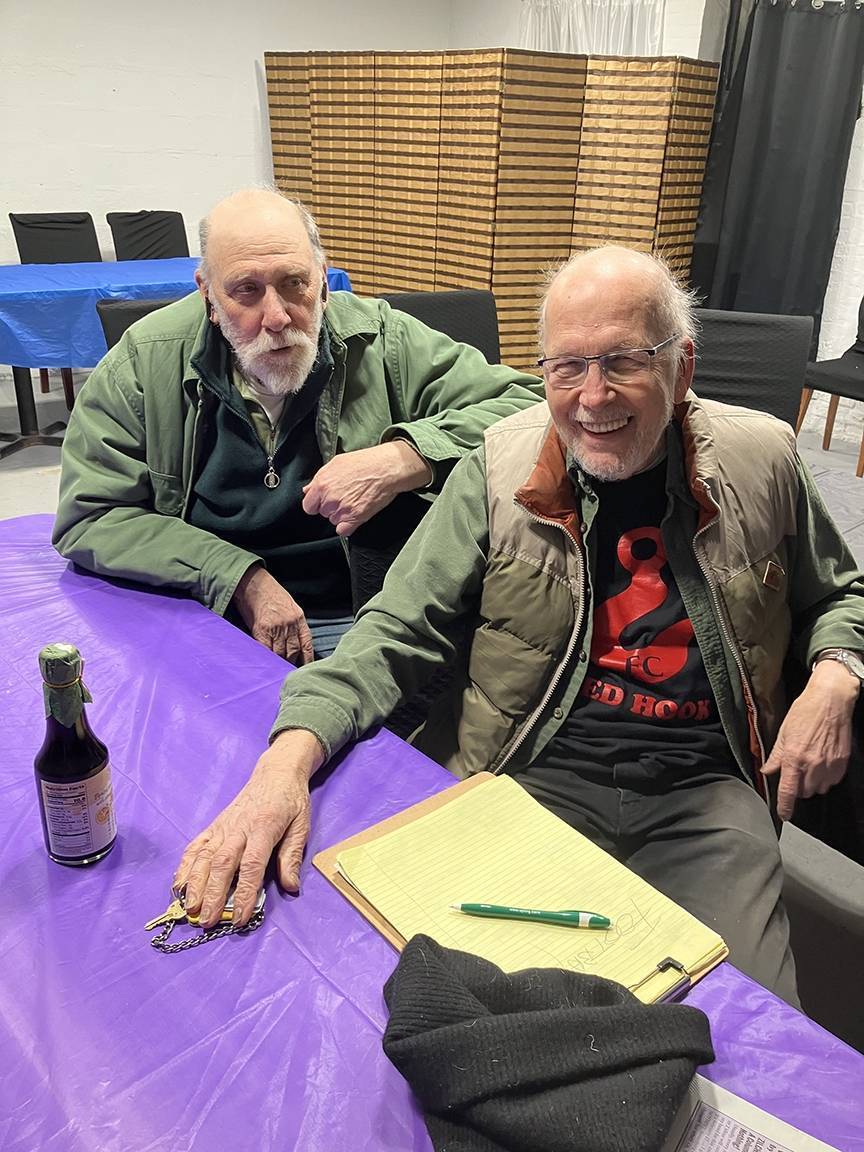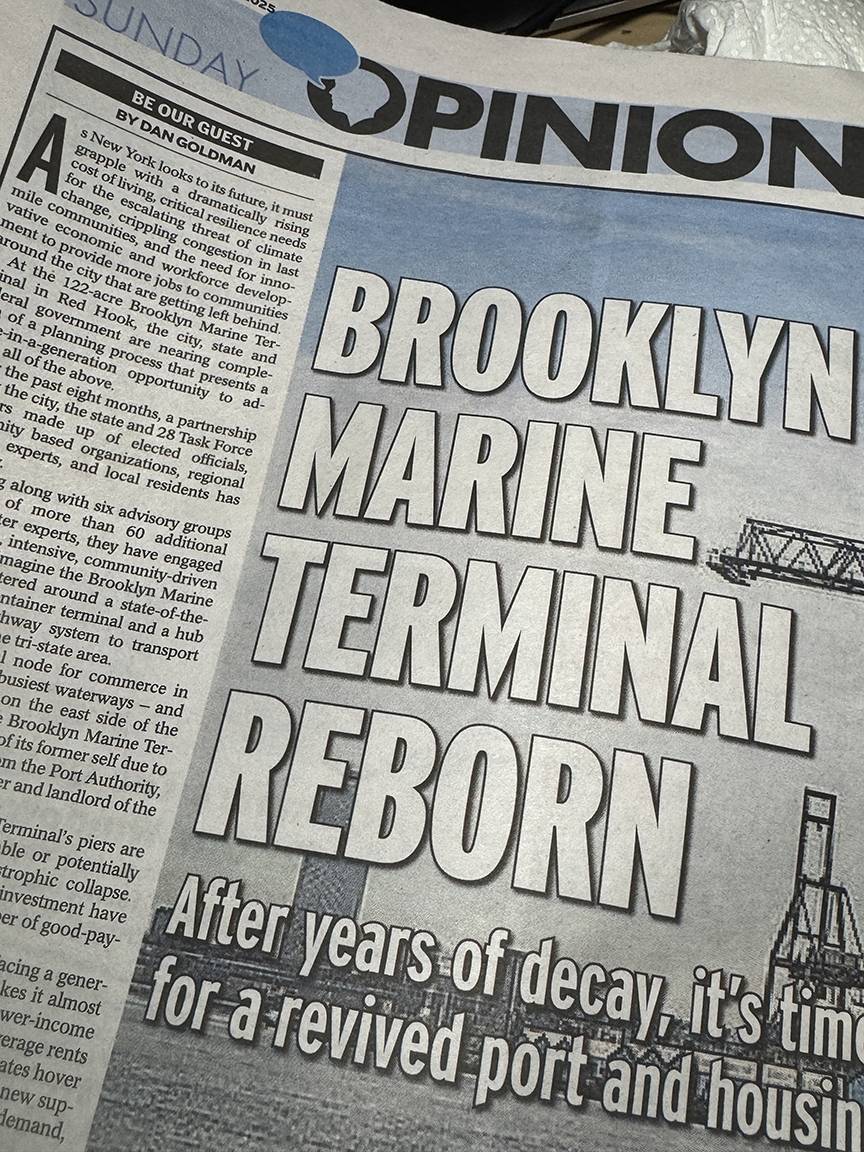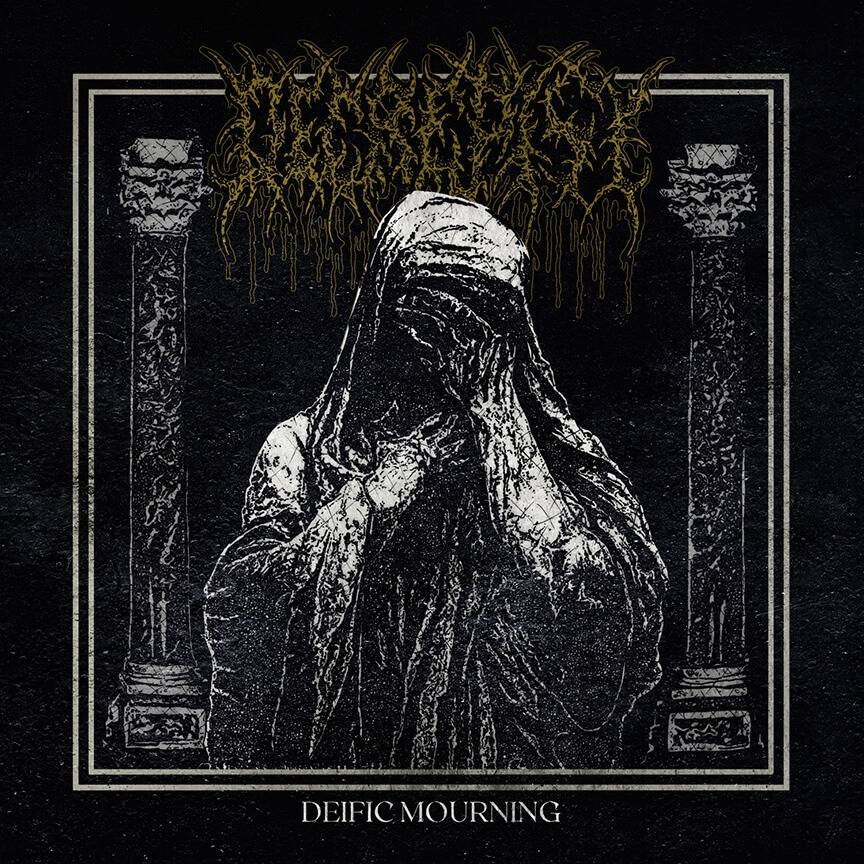The GetFood NYC emergency relief food program first started operating on March 26, which was soon after the first positive Covid case in NYC on March 11.
The program’s main mission is to get food to people at their homes who are food insecure as a result of Covid-19. GetFood NYC has been delivering twice a week for a total of 10 meals a week since late March to many New Yorkers, and a large percentage of these people are seniors.
The Red Hook Senior Center has been one location that has been utilizing this program since the director Maria Sanchez signed the seniors up to receive food.
According to Joshua Goodman, who is the assistant commissioner at the Department of Sanitation, which oversees the program, when the city was shutting down and everything was switching to remote operations, they realized that they needed to get food to a few select groups of people.
People who GetFood NYC was targeted at from the beginning were people who were already food insecure before the pandemic, people who were going to be newly impacted by the economic devastation due to loss of job and people who were in the Covid vulnerable category who had to take extra precautions like seniors.
Many of the people that this program has targeted, especially after the first few months when the city opened up a little more, were seniors who were in good shape that in normal times did their own shopping but were being advised by the CDC to not go outside. This program is targeted to help seniors who previously would get meals at senior centers.
There were also people who fell into multiple categories like low income seniors. There are two primary aspects of GetFood NYC meant to help the above groups, the first being Grab and Go.
“At one time it was at 500 and now it is at 200 school sites where you can go no questions asked and pick up food and take it home,” Goodman said. “Of course, this is only for people who can go out.”
The other aspect is the one for seniors or others who could not leave their home for various reasons.
“For seniors, and for certain other medically vulnerable groups, we developed this delivery,” Goodman said. “The idea was that if you were already getting food from a senior center, or you signed yourself up and said I can’t go outside and have nobody to go out for me and can’t afford Instacart or Fresh Direct, we would deliver meals to you directly.”
This has been of great assistance for seniors who previously got many meals from the senior center as well as people who have not been able to leave their home. Senior centers had to close shortly after the pandemic began.
Individuals who are not affiliated with a senior center can either call 311 and say Get Good or they can go to NYC.Gov/GetFood and sign themselves up. For people who have not been signed up by an organization, the program is available for anyone who is in need of food.
“It is our commitment to make sure that people get emergency food as long as the emergency continues,” Goodman said.
An interesting aspect of this program is that it was able to benefit people besides the ones who were receiving the food.
“Initially, the food was delivered by NYC taxi drivers,” Goodman said. “That was a cool innovation because at the same time that the pandemic shut everything down it also caused these people to not have taxi rides anymore.”
New Yorkers, for the most part, were not taking taxis in March, April or May, and as a result they employed thousands of taxi drivers and paid them, which led many drivers to be able to keep making money and in turn people were getting food who needed it.
The taxi drivers were a significant part of the food delivery. In total, they delivered about 53 million meals. They have now delivered about 200 million meals to New Yorkers.
The program is contracted to continue operation through the end of the fiscal year in June but they do have a commitment to continue the program as long as New Yorkers are in need.
“There is no specific plan to shut it down at this time, and I would imagine that as long as the need continues we will continue to make it available,” Goodman said.
According to Goodman, it is likely that when senior centers are back open again the program will start to reduce as the seniors will be able to get the food and social interaction at the centers like before.
There is a long way to go until the pandemic will be over, so this helpful delivery program will continue operating for the foreseeable future since they will not shut down until other options exist.
The food delivery program peaked at about three million meals a week in late May and since then they have steadily declined as now they are delivering to about two million a week as the city has started opening up with people having more options.
“After a while, we were able to develop new contracts when the taxi drivers were able to go back to their regular jobs, and now we have the food vendors deliver the food directly,” Goodman said.
The food delivery program is in every neighborhood across the five boroughs. The food options that people have to choose from include kosher, halal, vegetarian, Latin and Asian.
Recipients can choose one of those above categories, but they can’t really request a specific food like hamburgers. They will assist people who are diabetic or have other needs.
“We don’t serve people with medical needs, but we can refer you to some non profits that will,” Goodman said.
GetFood NYC has 30 vendors across the city (one is in Long Island) and there was a contracting process to get them involved. Some of the vendors include Floridita Restaurants, MD Hospitality, DBA Dagan Catering, Quincy Asian Resources, Muslims Against Hunger, Leche Y Miel and Sabor Borinqueno 2.
GetFood NYC did emergency contracts in the beginning of the pandemic in March to get it started as soon as possible, and then in July they did new contracts. The vendors prepare the meals and have to conform to nutritional standards set by the Department of Health.
“They deliver thousands of meals a day each, some many more than that,” Goodman added. “Part of their contract is they make the food and they do the physical deliveries.”
The vendors get paid for the food but it was a low bid solicitation. They are vendors that are contracted to get paid to deliver the food.
Caterers, who normally would have provided food for weddings, have been involved in the program as there have not been in person weddings. They have the equipment and connections with distributors.
Companies have also been involved who provided food for event centers, companies who have previously worked with the city and companies who have provided food for airlines.
An issue that has come up since March is that people in different neighborhoods have claimed that their neighborhood is getting worse food than other neighborhoods.
They dispute this claim since ones location does not have a connection to the food they receive. The food delivery is based on who has the food on a given day and where the food is needed, and usually different vendors will deliver to a location on consecutive days.









